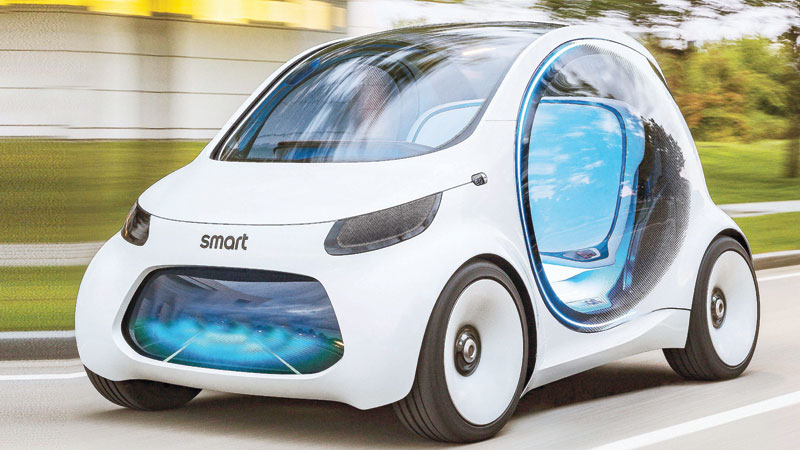

Sven Hoppe -
Electric cars are whisper-quiet and that is exactly where the problem lies.
Stressed city dwellers may not miss the familiar rumble of vehicles but the calmer panorama poses problems for children, pedestrians and cyclists in both urban and rural areas. Without an audible warning they will not hear the zero-emission vehicles approaching on streets.
In some countries, lawmakers have already responded to the potential threat and are preparing legislation for electric cars and artificial noise.
According to the National Highway Traffic Safety Administration (NHTSA) in the United States, pedestrians are 19 per cent more likely to be involved in accidents with electric cars than conventional diesel or petrol vehicles.
US research also shows that some electric and hybrid vehicles cannot be heard until just one second before impact with a pedestrian.
“It is a kind of paradox but after we spent the last 20 years quietening down cars we have to make them loud again,” said professor Hugo Fastl of Munich’s Technical University.
Surrounded by 96 loudspeakers, the acoustics professor is working on a sound that may become very familiar in the future.
Should it be a subtle hum, a deep growl or a high-pitched whistle? Fastl checks out what sounds pleasant, up-market or downright cheap.
Sportscar fans are used to the burbling of V8 motors or the turbine-like sound of a straight six and “naturally a sports machine needs to sound different from a luxury limousine,” said the expert.
Carmakers spend a lot of time creating the right sound for combustion engines and they will need to do just the same for electric cars.
Sound design is so important at German premium maker Mercedes-Benz that board members have been known to sit in on clinics when new noises are discussed and sound bites played.
For a tweaked AMG version of a Mercedes-Benz sport saloon the hallmark sound of the eight-pot engine is a key part of the emotional package that makes the car attractive to buy.
The sound of an electric car needs to be tuned to the particular car sector and market. Researchers have discovered that Asian customers prefer a car to make a deep rather than a high-pitched sound when it is moving — this poses technical problems since larger loudspeakers are needed for sonorous sounds.
BMW has fitted a so-called “Audible Pedestrian Protection” sound as an extra to its i3 runabout which works up to a speed of 30 km/h. When the vehicle starts up Audible Pedestrian Protection is always active, but it can be disabled by pressing a button when silence is desired.
“We have created a whole range of sounds,” says BMW spokesman Wieland Bruch. The standard i3 “sounds a little like the USS Enterprise from Star Trek — it’s a turbine-like noise.”
The upcoming, all-electric Mini will sound different, says Bruch without revealing any more detail. Around a dozen experts are working on the acoustics.
The sound made by a vehicle is a big issue for blind people and their lobby is keen to make sure electric cars are acoustically noticeable. The problem is worse at low speeds when electric cars make little more noise than a golf cart.
“Societies for the blind have been raising the issue of the hazards posed by silent-running vehicles as far back as 2006,” says Gerhard Renzel who heads the traffic section of a leading German organisation for the blind and partially-sighted.
“Blind people cannot establish eye contact with the driver — we have to hear whether a car is approaching and whether it is braking or accelerating,” said Renzel. “For safety reasons some kind of noise is essential.” Renzel said the same applied to pure-electric buses and trucks although these are still a rarity on public roads.
The European Union has laid down that from July 2019 all electric and combustion-hybrid models must make “a continuous sound in the minimum range of vehicle speed from start up to approximately 20 km/h and during reversing”. From 2021 all electric vehicles must make a continuous sound although the driver will be able to deactivate this from the dashboard.
In the United States a quota of 50 per cent of newly-registered cars must be audible to pedestrians from September 2019. From September 2020 this applies to all e-cars and the audibility must continue until 30 km/h.
— dpa
Oman Observer is now on the WhatsApp channel. Click here



